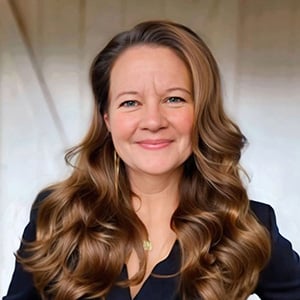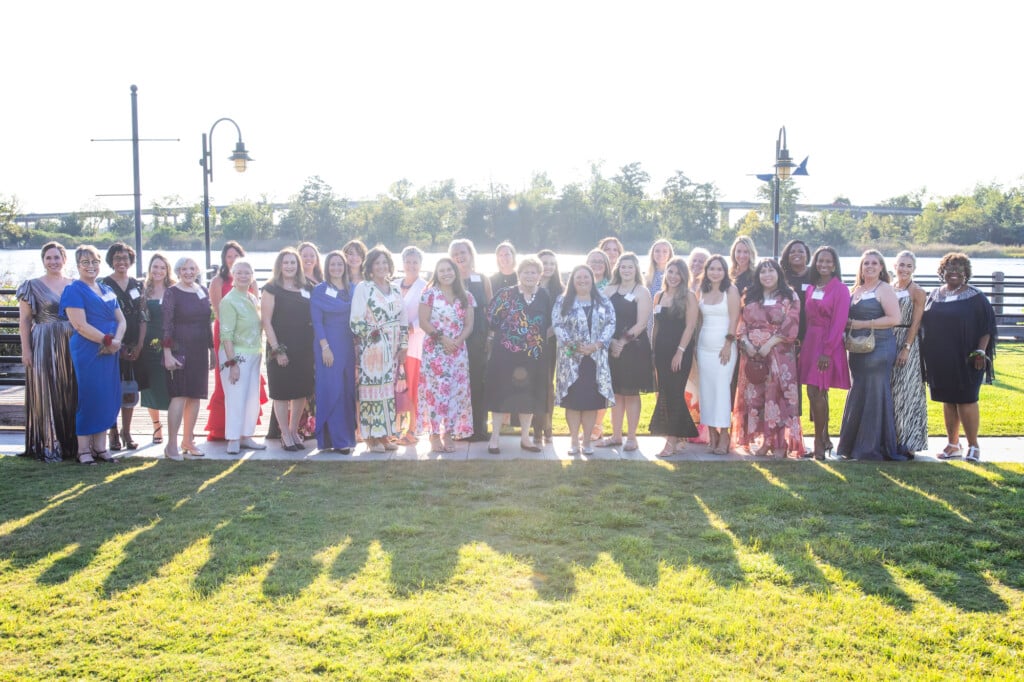Unlocking Egypt’s Secrets
UNCW professor leads Nile expedition
 For centuries, modern civilizations have never unraveled the mystery of how the ancient Egyptians built the pyramids.
For centuries, modern civilizations have never unraveled the mystery of how the ancient Egyptians built the pyramids.
That all might change with the revelations of University of North Carolina Wilmington professor EMAN GHONEIM, who recently discovered an ancient, dried-up branch of the Nile that could have provided transportation for the materials and workers who built the awe-inspiring monuments. Ghoneim, a professor of earth and ocean sciences, is currently back in Egypt to continue her research.
She is leading a team of international experts on a carbon-dating expedition to find if this long-buried branch of the Nile was active 4,000 years ago, the approximate time when the pyramids were built.
If so, Ghoneim’s findings may provide significant insights into ancient Egypt that extend beyond the pyramids, she says.
“If this is confirmed, it will change our understanding of ancient Egypt,” Ghoneim says. “The waterway may lead us to look for ancient settlements that used to be along this branch of the Nile and give us a clue to where to find geological structures and towns.”
Ghoneim’s work is the outgrowth of a long-held fascination with topography. As a teenager in Egypt, her home country, she didn’t just look at the scenery. She wondered how and why mountains, dunes, deserts, beaches, and vegetation in certain areas came about. When she discovered the science of geomorphology – the study of land formations and how they develop –her career path was set.
As a geomorphologist, Ghoneim uses the latest technology to pierce the Earth’s surface. In her work on the Nile Valley, she used multi-sensory radar satellite data to expose features buried under the sand such as lakes and rivers.
Ghoneim also put together a top-notch team of international researchers, who specialize in different disciplines, to work on the project.
“The international team brings complementary knowledge, and we can answer scientific questions properly,” she says.
Even with the best of technology and colleagues, the first expedition in December was, at times, grueling, Ghoneim says. There was the occasional dust storm, which obscured visibility, as well as long days to contend with. However, she says the work more than made up for these inconveniences.
“Sometimes it was tiring, but with the team you get excited and forget how tired you are,” she says. “When you do something you love, you don’t feel that tired.”
This is not the first time Ghoneim has discovered water hidden beneath the Earth’s surface. She reports that she uncovered ancient lake basins in North Africa and a river system spreading under four countries in the Great Sahara.
These discoveries can directly benefit the people living in these areas, Ghoneim says.
“If we find a huge lake in a dry region, people can go there, dig wells, and extract water for domestic use,” she says. “Groundwater resources in dry environments are critical for living.”
Areas that have underground water often have oil and gas as well, Ghoneim adds.
She plans to continue her work on the Nile waterway for years to come. After all, it has the elements she loves about science: exploration and discovery. But most of all, it’s work that promotes humanity.
“I am a person who uses science to help people,” Ghoneim says.
To view more of photographer Aris Harding’s work, go to arisharding.com.
Want more WILMA? Click here to sign up for our WILMA newsletters and announcements.



